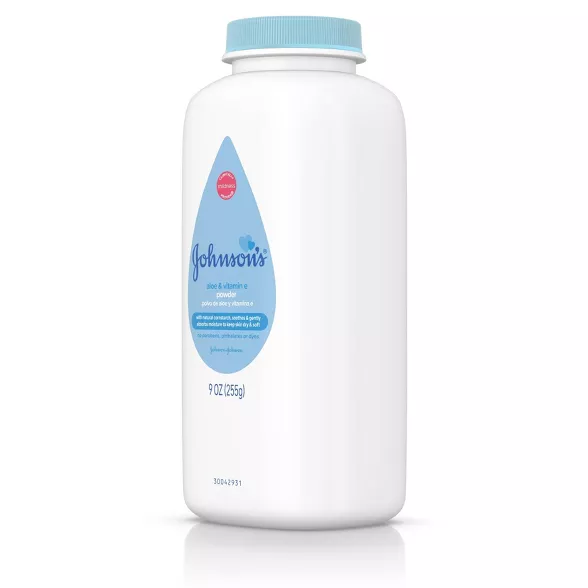by Jon Gelman
The COVID-19 pandemic has the potential of generating an enormous number of occupational illness claims from health care workers [HCW] and first responders [FR]. Several governmental leaders have called for a nationalized workers’ compensation benefit program to handle the surge of claims.
The ability of the patchwork of individualized state programs to handle the potential monumental surge of claims has come into question. The efficiency and effectiveness of a multitude of non-integrated and stand-alone schemes of workers’ compensation will be challenging. The fractionalized handling by multiple jurisdictions will produce an inconsistent and erratic benefit delivery solution that will impact the strategy to provide the best public health initiative nationally to cope with the COVID pandemic.
Federal Government Will Provide a Uniform Program
Typical federal benefits provide a uniform national solution. Issues as to exposure and casual relationship can be standardized across all claims. Fiscal stability of the states and insurance companies can be obtained through federal administration and financing of both administration and delivery, without regard to state budgets and insurance carrier premium dollars. Integration with collateral benefit programs such as Medicare and Medicaid can be fashioned in an integrated solution. State unemployment, pension and supplemental benefits can be applied, setoff and recovered on a common basis thorough a nationalized central Federal agency management.
State Programs Stressed
The state workers compensation structure will be seriously stressed to handle the growing number of potential claims. HCW and FR are experiencing increased rates of COVID-19 illness and fatalities. The workers are fulfilling their heroic frontline roll in the battle against the disease and enduring enhanced risk that threaten: themselves, their families, health care facilities and the community at large.
Workers’ compensation insurance carriers are not prepared for these unanticipated catastrophic losses. Premium coverage for this type of “once in an 100 year event” has not been calculated into the rates. The losses are not backstopped by other revenue sources. The economic consequences to the already monetarily and administratively challenged state budgets could be severe and could result in state and local public and private entity bankruptcy. States are already overwhelmed in processing unemployment benefits.
The fractionalized state programs are not equipped to handle the adjudication and administration of the exponential volume of potential claims and multitude of complicated legal issues. Legal jurisdictional issues over state-wide partnerships alone will lead to complicated and prolonged litigation.




